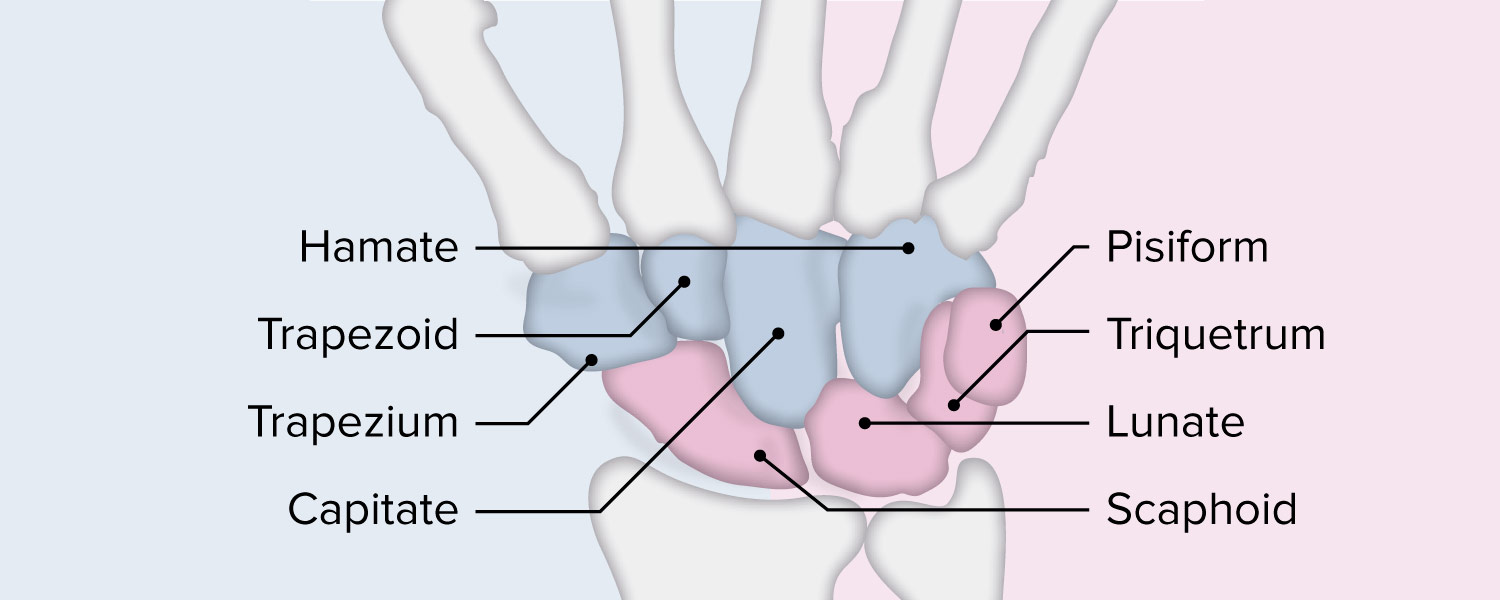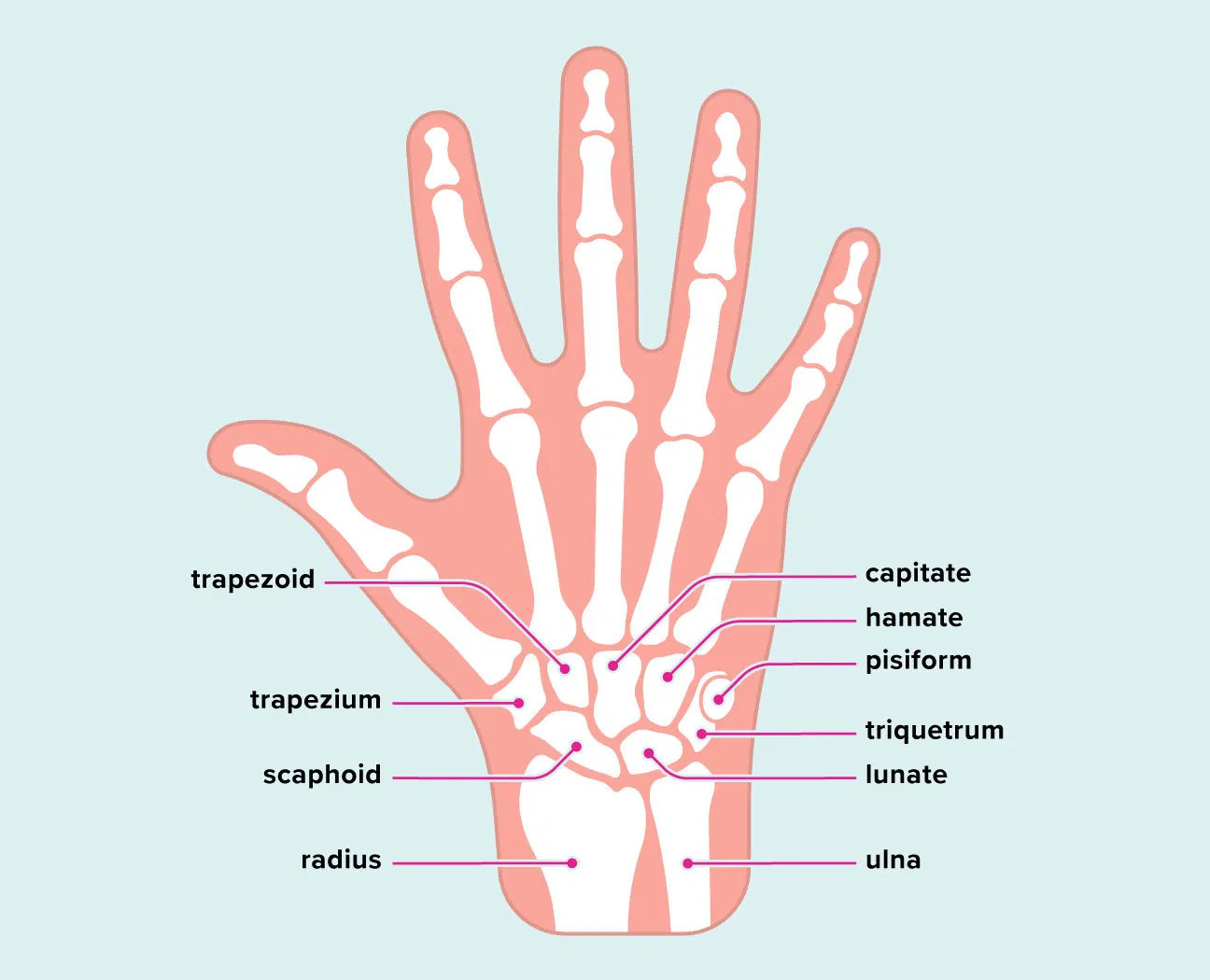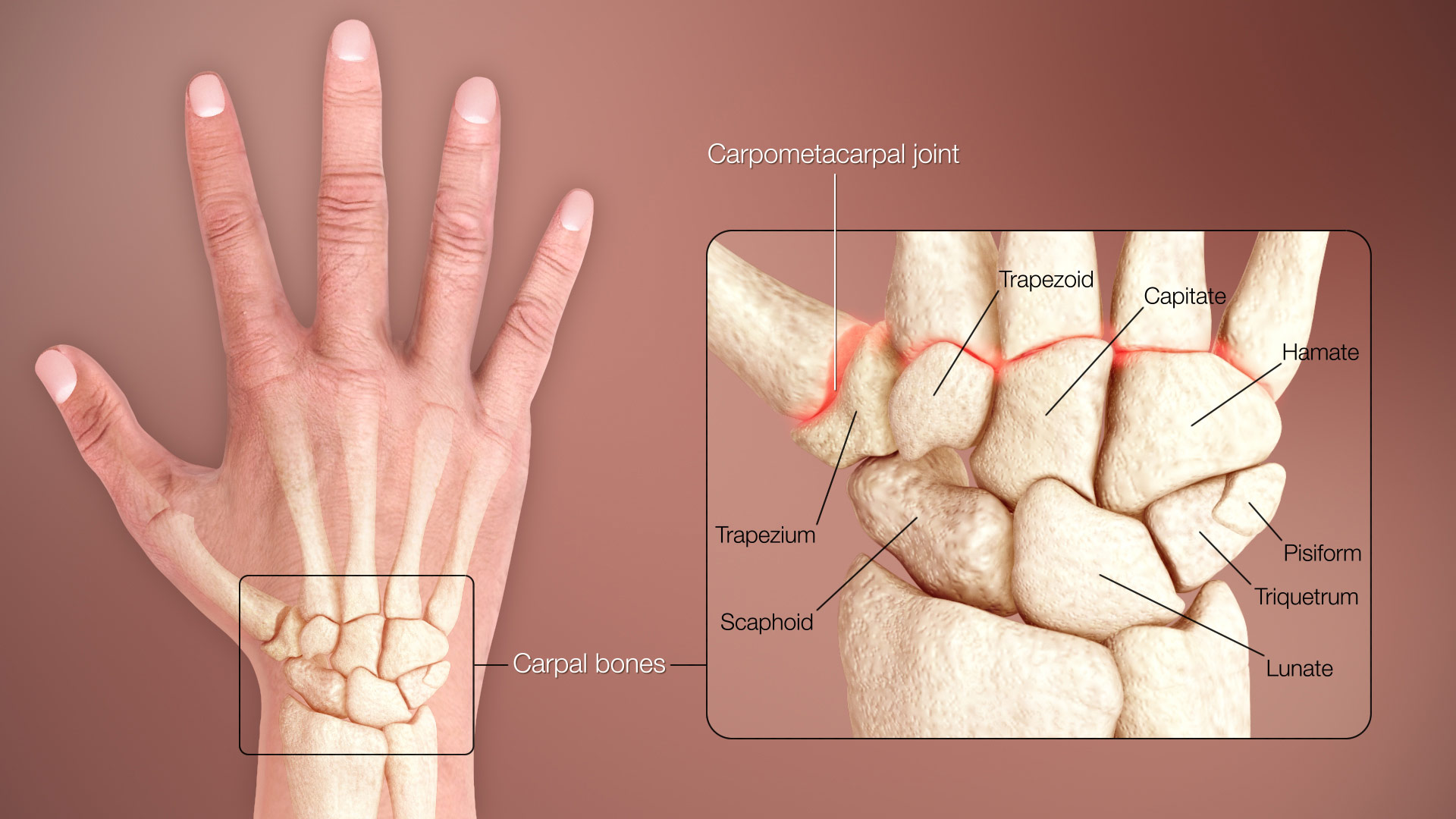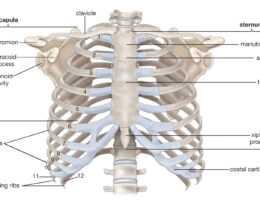The carpal bones are the eight bones that make up the wrist. A labeled diagram of the carpal bones may include the following bones:
- Scaphoid bone: The largest carpal bone that forms the floor of the anatomical snuffbox.
- Lunate bone: A crescent-shaped bone that sits between the scaphoid and triquetrum bones.
- Triquetrum bone: A pyramidal bone that sits between the lunate and pisiform bones.
- Pisiform bone: A small bone that sits anterior to the triquetrum bone.
- Trapezium bone: A bone that sits at the base of the thumb side of the hand.
- Trapezoid bone: A small bone that sits between the trapezium and capitate bones.
- Capitate bone: The largest bone of the wrist that sits between the trapezoid and hamate bones.
- Hamate bone: A wedge-shaped bone that sits at the ulnar side of the wrist.
These bones work together to provide the wrist with stability and flexibility, allowing for a wide range of movements such as flexion, extension, abduction, and adduction. The carpal bones are also involved in the movements of the hand and fingers.





